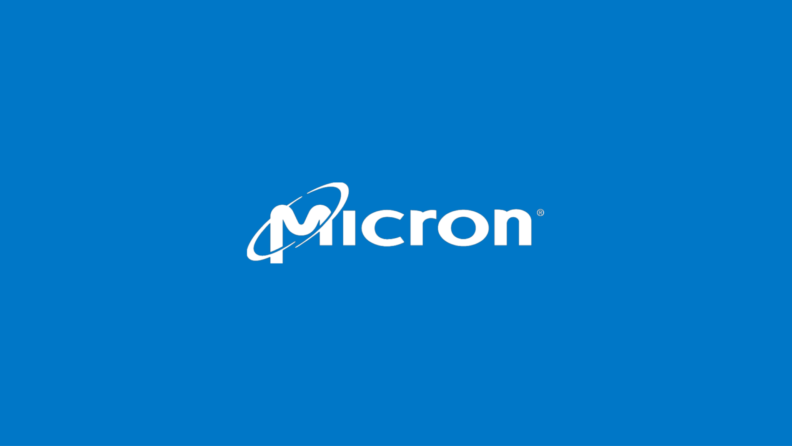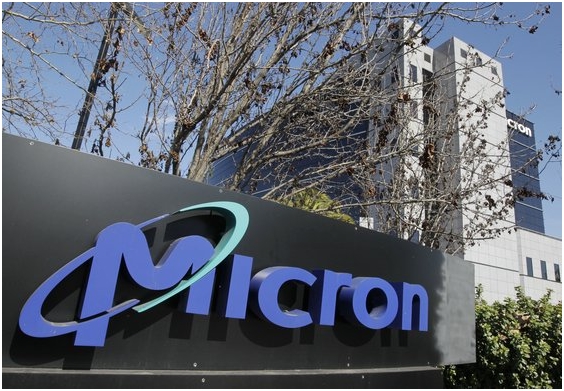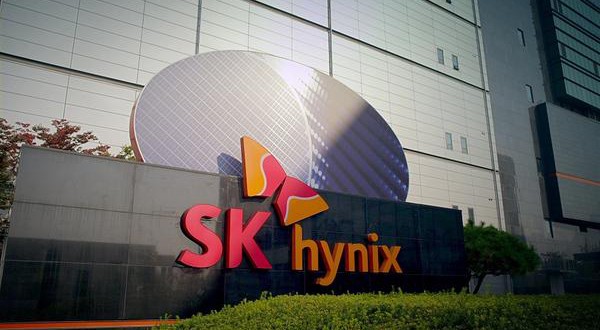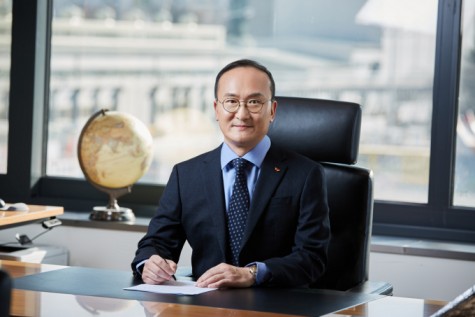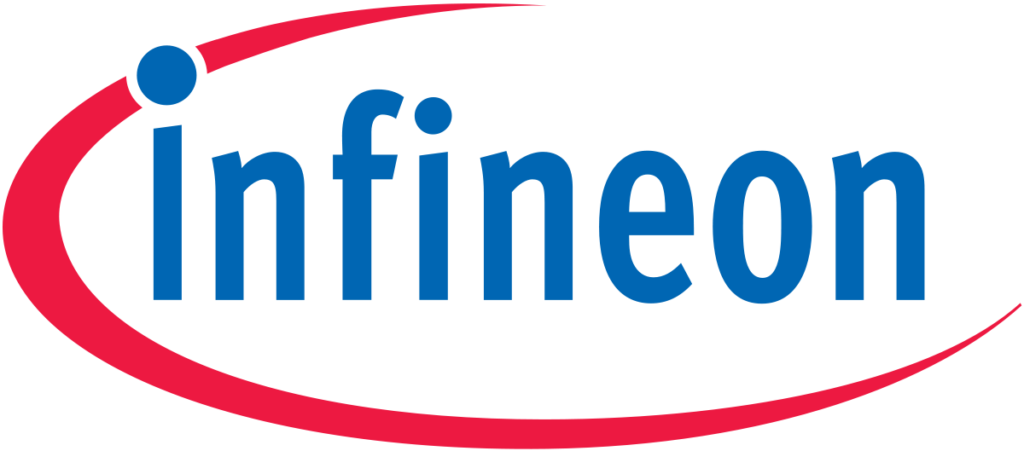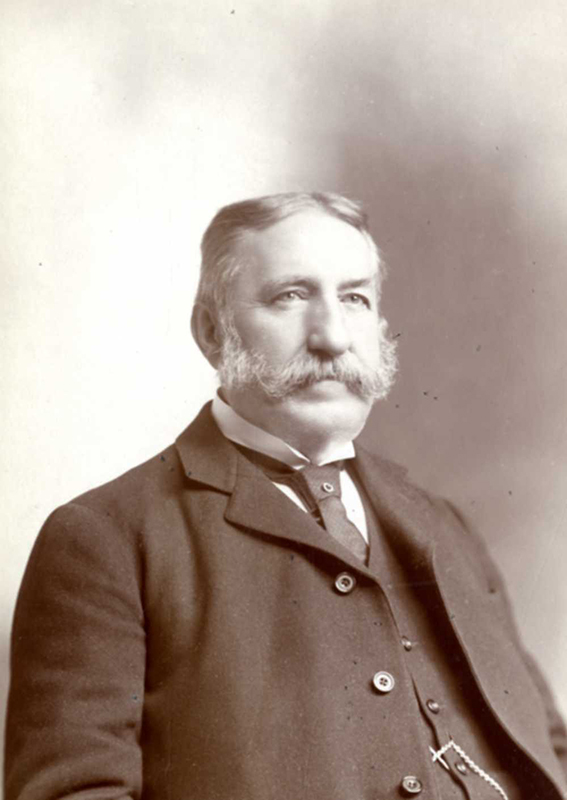Fujitsu: The Makers of World’s Most Powerful Computers.
Fujitsu is one of the leading IT services providers in the world and also ranked fourth by annual revenue among the largest IT service companies in 2018. The company has been in the business for the past ninety-plus years, and apart from IT services, the company specializes in hardware products manufacturing, like personal and enterprise computing products.
Fujitsu has been ranked among the Global 500 companies by Fortune, and the latter has also named it as one of the world’s most admired companies. The company has expanded its operations in almost 100 countries, and around 132,138 employees work for the company in its global offices. The company recorded total revenue of $35.492B in the year 2020. The company headquarter is situated at Shiodome City Center, Minato, Tokyo, Japan.
Products and Services
Fujitsu started as a manufacturer and supplier of the automatic switching system, but later, the company tried its hands in products like computers, telecommunication equipment, cloud computing, AI as well as telecommunication IT services. The company is one of the largest computer manufacturers and also specializes in the development of the microprocessor. These microprocessors by Fujitsu include SPARC-compliant CPU (SPARClite), the Venus, Fujitsu FR, FR-V, and ARM architecture, etc.
PRIMERGY is the company’s computer line, and it launched its Windows phones under the ETERNUS series. LifeBook and Amilo are the famous notebook series from Fujitsu. The company is also in the cloud service business and has its data centers established in Japan, Australia, Singapore, the U.S, Germany, and the U.K.
The Establishment of Fujitsu
Fujitsu is a spin-off company that came out of a joint venture named Fuji Electric Company between Furukawa Electric Company and the German conglomerate Siemens, founded in 1923. The company was founded on 20 June 1935 as Fuji Telecommunications Equipment Manufacturing. It started as an automatic switching system manufacturers, and in 1938, established its first manufacturing plant in Kawasaki. The next years, it entered into the radio transmission field and also started the production of the power-line carrier devices.
In 1954, the company launched FACOM 100 mainframe, Japan’s first computer. Only after five years, Fujitsu also started to work on second-generation computers, and in 1961, it came out with FACOM 222 mainframe. The company continued to manufacture mainframe computers till 2002 and experimented with all generation computers.
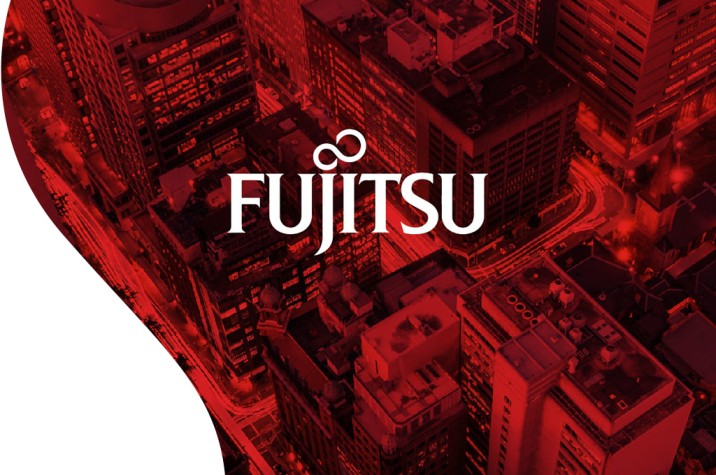
Fuji Telecommunications Equipment Manufacturing was rebranded as Fujitsu in 1967. In 1971, the company partnered with CCL, a Canadian company, and started the distribution of the latter’s data entry device, Key-Edit. The company also joined its hands with The Queen’s University of Belfast business incubation unit to form a joint venture named Kaino. In 1990, the company launched the series of the world’s fastest mainframe computers. Fujitsu also came with the world’s first 21-inch full-color plasma display in 1992. During the same time, it made acquisitions like ICL (a British company) and KME-CS (a Russian company).
Fujitsu established a joint venture named Spansion with AMD in 1993 and started to manufacture flash memory devices. By this time, the company had also launched its manufacturing units and R&D centers in countries like Texas, Thailand, Malaysia, and China. In June 1999, Siemens (previously the parent company of Fujitsu) partnered with Fujitsu to form a joint venture for their European computer operations with the name Fujitsu Siemens Computers. The two companies owned equal shares in Fujitsu Siemens Computers.
In 2007, the company partnered with Reuters Group to access its IT services. The same year, the company also established a development center in Noida, India. The company sold its HDD business to Toshiba and acquired the complete operations of Fujitsu Siemens Computers, turning the latter into Fujitsu Technology Solutions in 2009. It also acquired an Australian company named Supply Chain Consulting and the Telstra subsidiary Kaz in the same year.
In 2015, the company partnered with VMware and acquired USharesoft. The company started to manufacture the 5G telecommunication equipment in 2019, NTT Docomo and NEC being its major customers. In June 2020, Fujitsu manufactured the world’s most powerful supercomputer named Fugaku in collaboration with the RIKEN research institute. The company has also started to work on Artificial Intelligence and has built an AI monitor to recognize complex hand movements.
The CEO: Takahito Tokita
Takahito Tokita is the current CEO, President, and Chief DX Officer of Fujitsu Ltd. He has been working with Fujitsu since 1988, and since then, he has been appointed to many leadership posts. Tokita has got a Bachelor’s degree in Metallurgical Engineering from the Tokyo Institute of Technology. He has years of experience as a systems engineer and in the financial services sector.

Yashica is a Software Engineer turned Content Writer, who loves to write on social causes and expertise in writing technical stuff. She loves to watch movies and explore new places. She believes that you need to live once before you die. So experimenting with her life and career choices, she is trying to live her life to the fullest.
